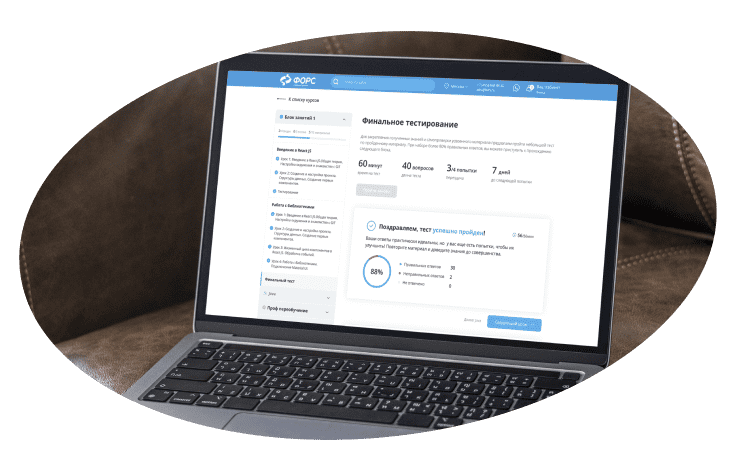Developing Applications for the Java EE 6 Platform
В курсе предусмотрены практические занятия, на которых слушатели научатся строить сквозные (end-to-end) распределенные бизнес-приложения. Будут изучены сессии EJB на примере модели Session Facade, обеспечиваемой при помощи Java Persistence API. Также будут рассмотрены управляемые сообщениями компоненты EJB, выступающие в качестве Java Message Service (JMS) абонентов (consumers). Слушатели будут создавать пользовательские интерфейсы с помощью сервлетов, технологий JSP и JSF, основные веб-службы при помощи техник RESTful и SOAP. Кроме того слушатели научатся компоновать приложение и развертывать его на сервере приложений (Java EE platform runtime environment).
В ходе практических упражнений будет использоваться NetBeans Integrated Development Environment (IDE).
Требования к подготовке слушателей:
Опыт программирования на Java, знакомство с сериализацией объектов, знакомство с теорией реляционных баз данных и знание основ языка SQL, знакомство с использованием IDE
Желательно предварительно прослушать курс Java Programming Language (Java SE 6)








